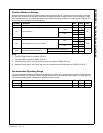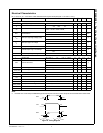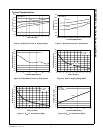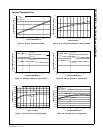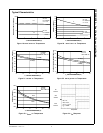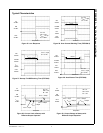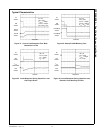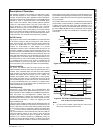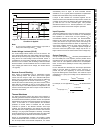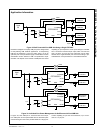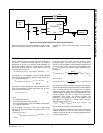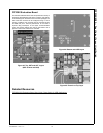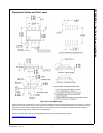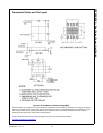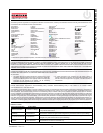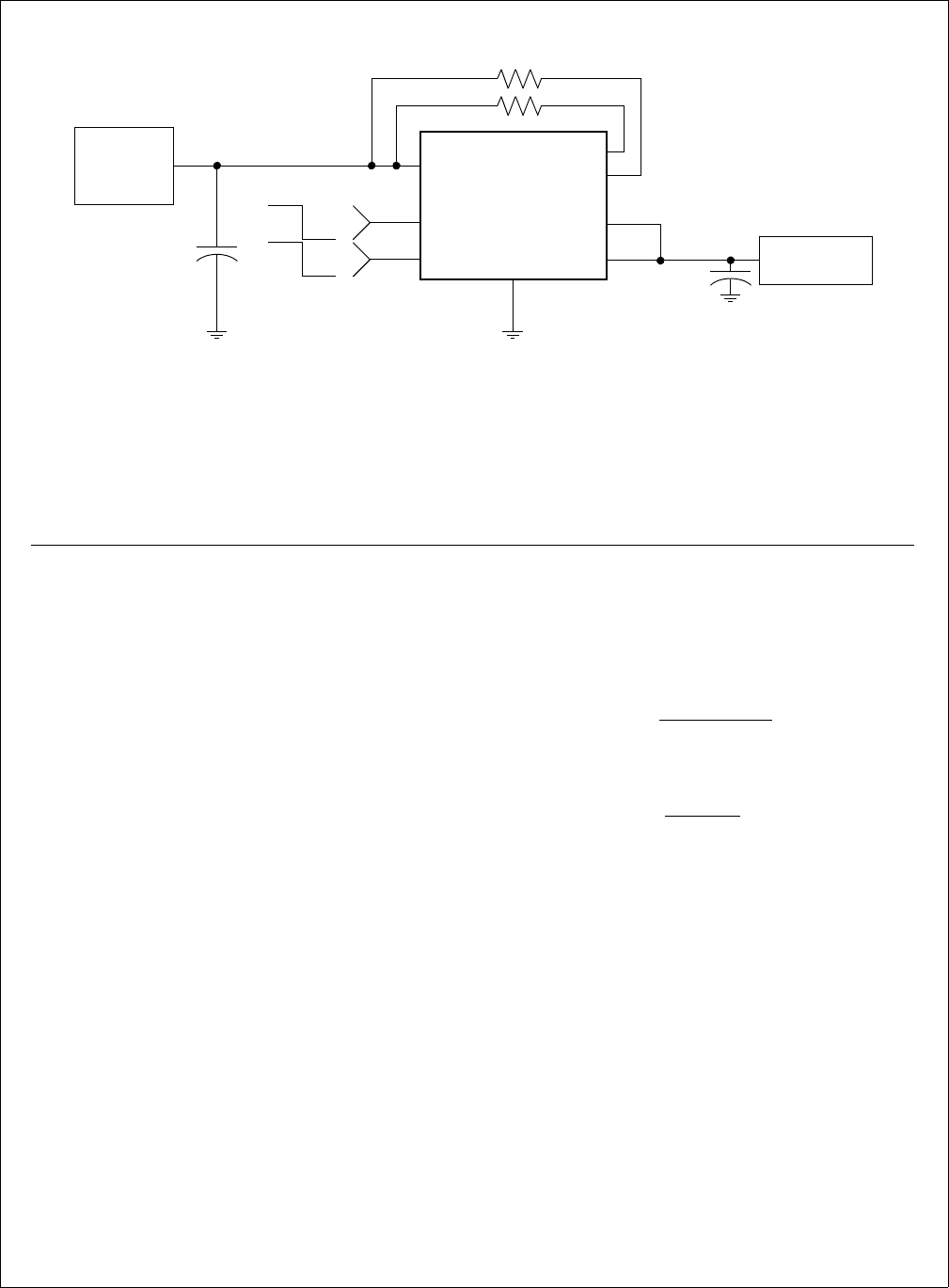
© 2009 Fairchild Semiconductor Corporation www.fairchildsemi.com
FPF2300/02/03 • Rev. 1.1.3 14
FPF2300/02/03 — Dual-Output Current Limit Switch
Figure 40. Self-Powered USB Port for High Current Demand
High current, over 2A, is sometimes required to supply enough
power to downstream functions. As shown in Figure 40, a 2.2A
minimum load current can be achieved by tying dual outputs
together.
Power Dissipation
During normal operation as a switch, the power dissipation of
the device is small and has little effect on the operating
temperature of the part. The maximum power dissipation for
both switches while the switch is in normal operation occurs just
before both channels enter into current limit. This may be
calculated using the formula:
For example, for a 5V application, maximum normal operation
power loss while both switches delivering output current up to
1.1A, can be calculated as:
The maximum junction temperature should be limited to 125°C
under normal operation. Junction temperature can be calcu-
lated using the formula below:
where:
T
J
is junction temperature;
P
D
is power dissipation across the switch;
R
θJA
is thermal resistance junction to ambient of the package;
T
A
is ambient temperature.
For the example, T
J(MAX)(Normal operation)
for an SO8 package
with T
A
=25°C while both switches are delivering up to 1.1A is
calculated as:
If the part goes into current limit, the maximum power
dissipation occurs when the output of switch is shorted to
ground. For the FPF2300 the power dissipation scales with the
auto-restart time, t
RSTRT
, and the over-current blanking time,
t
BLANK
. In this case, the maximum power dissipated for the
FPF2300 is::
which results in:
Note that this is below the maximum package power dissipation
and the thermal shutdown feature protection provides additional
safety to protect the part from damage due to excessive
heating. The junction temperature is only able to increase to the
thermal shutdown threshold. Once this temperature has been
reached, toggling ON has no affect until the junction
temperature drops below the thermal shutdown exit
temperature. For the FPF2303, a short on both outputs causes
both switches to operate in a constant current state and
dissipate a worst-case power of:
As both FPF2303 outputs are connected to GND.
This power dissipation is significant and activates both thermal
shutdown blocks and the part can cycle in and out of thermal
shutdown as long as the ON pin is activated (pulled LOW) and
the output short is present.
OFF ON ONA
IN
GND
FPF2300/2/3
FLAGB(B)
OUTA
FLAGB(A)
OFF ON ONB OUTB
Host
5V
Downstream
USB Port
1μF
33μF
10KΩ
10KΩ
P
D_MAX(Normal Operation)
= 2 x (I
LIM(MIN)
)
2
x R
ON(MAX)
(3)
P
D_MAX(Normal Operation)(IN = 5V)
= 2 x (1.1)
2
x 0.14
=
338mW
(4)
T
J
= P
D
x R
θJA
+ T
A
(5)
T
J(MAX)(NormalOperation)
= P
D_MAX(Normal Operation)(IN = 5V)
x 125 + 25
= 78.4°C
(6)
P
D_MAX(CurrentLimit)
=
t
BLANK
t
BLANK
+ t
RSTRT
2 x x IN
(MAX)
x I
LIM(MAX)
(7)
P
D_MAX(CurrentLimit)
=
10
10 + 504
2 x
(8)
x 5.5 x 1.5 = 321mW
(9)P
MAX
= 2 x IN
(MAX)
x I
LIM(MAX)
= 2 x 5.5 x1.5 = 16.5 W



